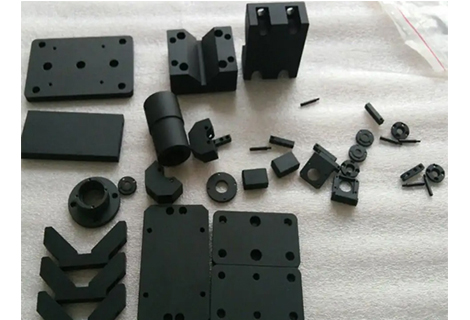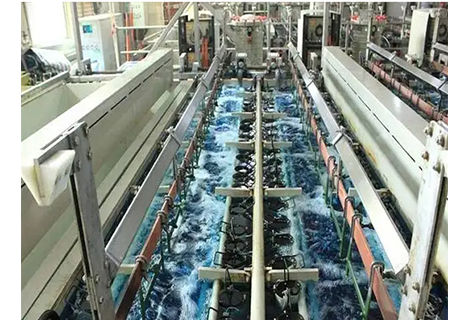Everyone knows that sun protection is important when laying out on the beach or spending a relaxing Saturday afternoon fishing. That's because the sun's ultraviolet (UV) rays can cause serious damage to unprotected skin, resulting in a painful sunburn or worse. Polymers are similarly damaged by UV radiation, albeit more slowly and far less dramatically than in humans.
For example, sunlight causes yellowing and so-called "chalking" or bleaching. However, this discoloration is more than just cosmetic. Photodegradation can also reduce tensile strength and impact resistance, making plastics brittle and susceptible to cracking, and can permanently deform when subjected to mechanical forces.
In sum, it's easy to see why choosing the right material is critical when designing and manufacturing injection molded parts that are frequently used in outdoor environments. Fortunately, there are a number of UV-resistant materials available, all of which are suitable for plastic injection molding, CNC machining or 3D printing. Even for plastics that are not considered UV-resistant, additives are often available to help make the material less susceptible to photodegradation.
Below are the top seven UV-resistant polymers (in indeterminate order) and some typical application examples.
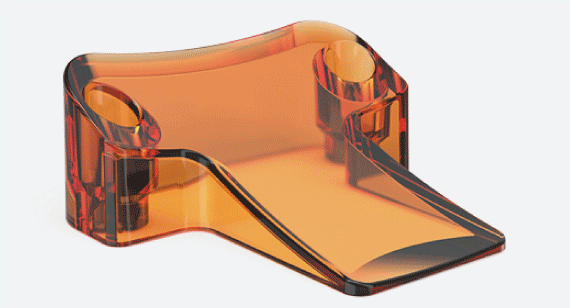
One UV-resistant polymer that can be fast 3d prints (and machined or injection molded) is polycarbonate (PC). However, material suppliers point out that the plastic used in stereolithography (SLA) 3D printers is "polycarbonate-like" and not true polycarbonate. Regardless, the properties are quite similar, and from a design perspective, the two materials are essentially interchangeable. PC is nearly crystal clear, but far more impact resistant - by a factor of about 200. Its extreme temperature tolerance makes it well-suited for products that are regularly used outdoors, such as protective eyewear and face shields, windows for heavy-duty equipment, clear containers and more, not to mention containers for medical applications. Note, however, that polycarbonate is one of the more expensive UV-resistant polymers.
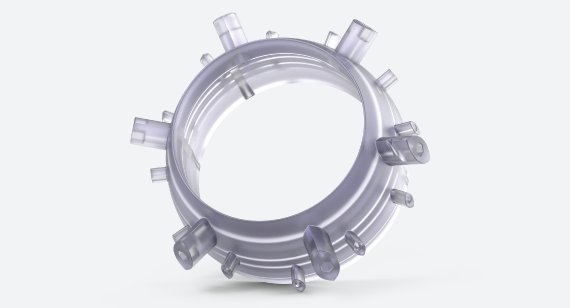
Polymethyl methacrylate (PMMA) is better known as acrylic or Plexiglas and is a less expensive as well as harder alternative to PC. Depending on grade and processing, PMMA can occasionally become brittle and is then not as robust as PC, but has greater optical clarity and scratch resistance than PC. Acrylic is also only about half the weight of glass and is also much stronger. PMMA is available in almost any color (for injection molding) and has a continuous operating temperature of 70 °C. It is commonly used for outdoor signage, retail displays and decorative panels. While Richconn does not manufacture signage, it regularly processes and molds this UV-resistant material for customers in the optical and scientific industries.
You're probably familiar with polytetrafluoroethylene (PTFE) under the common name Teflon as a material for cookware and other non-stick coatings. This well-known fluoropolymer has one of the lowest coefficients of friction on the market, and while its mechanical strength doesn't come close to that of most engineering polymers, it remains functional at far more extreme temperature ranges (-240 °C to 295.5 °C). In addition, PTFE is an excellent electrical insulator, flexible as well as resistant to material fatigue, and known for its chemical inertness. It is a popular material for medical device developers, who use it to make heart patches, ligament replacements and cardiovascular grafts. Scientists line reaction vessels and other laboratory equipment with PTFE, while automotive manufacturers use it for valve stem seals, bearing liners and head gaskets. Currently, we only offer CNC machining for PTFE parts. However, as you will see, there are several UV-resistant alternatives that are also suitable for plastic injection molding.
Polyoxymethylene (POM) is sometimes referred to as acetal, POM, or by the names of commercially available products such as Delrin and Celcon, to name a few. Like many other polymers, POM is available with various fillers to improve wear resistance, fatigue strength or electrical properties, but it is also very robust without these additives. It has a low coefficient of friction and is resistant to heat, wear, and UV, which is why it is widely used in automotive and other outdoor applications. However, POM is sensitive to some acids and chlorine, so care should be taken when using it in certain chemical environments.
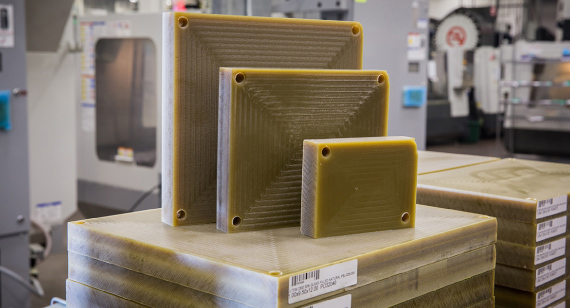
The same is true for polyetherimide (PEI), also known as Ultem. As the name implies, PEI is a plastic with exceptionally high strength that is resistant to sunlight, flames, high temperatures and a range of chemicals. It also has excellent electrical insulation properties (i.e., it has high dielectric strength). Again, a variety of fillers are available to further enhance PEI's outstanding qualities. It can also be produced in transparent or translucent versions. Because it withstands repeated short-term exposure to hot water and steam, Ultem is widely used in pressure vessels or steam boilers and the medical instruments used in them. Automotive manufacturers use it for headlight reflectors and heat shielding, electronics manufacturers use PEI in connectors, housings and brackets, while aerospace manufacturers use PEI in a wide range of applications, from fuel valves and engine parts to food trays and control wheels. Simply put, PEI is the material of choice for a wide range of machined and injection molded components.
Last but not least, polyphenylene sulfide (PPS) can't be left out of the UV resistance hit parade. Like Ultem (PEI) and, to a lesser extent, Delrin (POM), PPS is an extremely useful polymer for engineering applications. It is also flame, chemical, electrical and heat resistant. It can be somewhat brittle, but is otherwise considered robust and durable (especially when reinforced with glass fill). For this reason, it is often used in aerospace, automotive, and medical applications. At Protolabs, we carry PPS materials from Ryton or Fortron, which are popular with those looking for robust injection molded parts.
Haven't found the material you're looking for? That's no problem. Please keep in mind that machining manufacturer can achieve UV resistance in other ways as well. As mentioned earlier, many polymers that don't normally shine for their sun resistance can be made more radiation resistant by adding a glass, fiber or metal filler. It is also possible to prevent photodegradation by mechanical means. For example, PVC and CPVC pipes used outdoors are often wrapped or painted with a UV-resistant coating - a simple and practical solution.
As a final consideration, designers of appropriate components should ask themselves how long the product should withstand UV radiation. Unlike sunburn, which you can get from just one day at the beach, photodegradation is a slow process. Assuming the parts will only be exposed to the environment for a few months or a year or two, does it really matter if they yellow a bit if they otherwise maintain the required electrical, thermal or mechanical properties throughout their intended life? If you would like information on other materials or to discuss alternatives for improving the UV resistance of your parts, please contact one of our application engineers by mail at sales@richconn.com.cn or by phone at +86-0755-28025755.
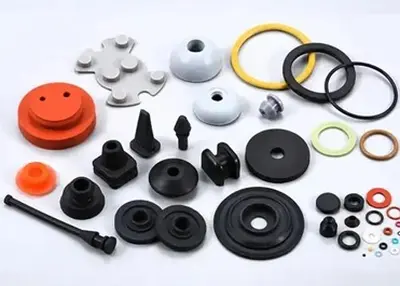 Mastering Complex Features in Machined PartsOctober 16, 2023CNC machines are gaining in capability every year. Lathes with powered tools, cut a variety of shapes and drill non-axial or radial holes. In the past, this would have required a trip to the milling department. Machining centers are equipped with indexing heads that support "3+2" axis machining, where multiple sides of a part can be completed in just one operation. This is something all designers and engineers can be happy about.view
Mastering Complex Features in Machined PartsOctober 16, 2023CNC machines are gaining in capability every year. Lathes with powered tools, cut a variety of shapes and drill non-axial or radial holes. In the past, this would have required a trip to the milling department. Machining centers are equipped with indexing heads that support "3+2" axis machining, where multiple sides of a part can be completed in just one operation. This is something all designers and engineers can be happy about.view The Role of CNC Automotive Parts in Automotive IndustryJune 17, 2024CNC machining is often used for complex designs, small products and parts. With CNC machine tools, a wide range of parts can be processed more accurately.With the rapid development of the automotive i...view
The Role of CNC Automotive Parts in Automotive IndustryJune 17, 2024CNC machining is often used for complex designs, small products and parts. With CNC machine tools, a wide range of parts can be processed more accurately.With the rapid development of the automotive i...view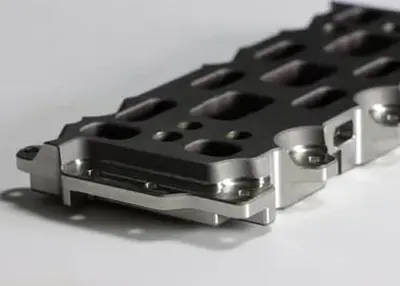 What is Precision Machining: Process, Applications & BenefitsAugust 24, 2023Nowadays, the prowess of precision machining lies in the unfaltering delivery of unparalleled quality, precision, and intricacy, which reverberates across a spectrum of industries. With advanced techn...view
What is Precision Machining: Process, Applications & BenefitsAugust 24, 2023Nowadays, the prowess of precision machining lies in the unfaltering delivery of unparalleled quality, precision, and intricacy, which reverberates across a spectrum of industries. With advanced techn...view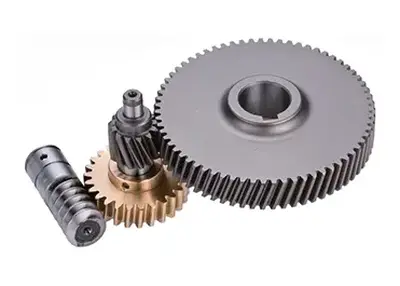 Unveiling the Precision World of Machined Gears: A Richconn PerspectiveNovember 10, 2023In the intricate tapestry of mechanical engineering, machined gears stand as the unsung heroes, translating rotational motion with unparalleled precision. These gears are meticulously crafted to meet the demanding requirements of various industries, ensuring seamless operation in complex machinery.view
Unveiling the Precision World of Machined Gears: A Richconn PerspectiveNovember 10, 2023In the intricate tapestry of mechanical engineering, machined gears stand as the unsung heroes, translating rotational motion with unparalleled precision. These gears are meticulously crafted to meet the demanding requirements of various industries, ensuring seamless operation in complex machinery.view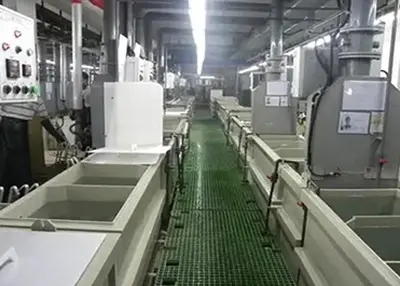 Do You Know How Anodizing Works?November 4, 2022Anodizing, the process of forming an oxide film on aluminum products (anode) under the action of an applied current under the corresponding electrolyte and specific process conditions of metal or allo...view
Do You Know How Anodizing Works?November 4, 2022Anodizing, the process of forming an oxide film on aluminum products (anode) under the action of an applied current under the corresponding electrolyte and specific process conditions of metal or allo...view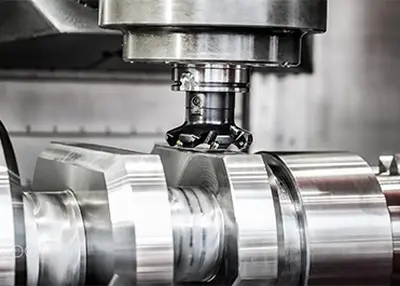 CNC Motion Control and Three Common TypesOctober 20, 2023Many CNC machines can be left unattended throughout the machining cycle, freeing the operator for other tasks. This benefit allows CNC users to provide several side effects, including reduced operator fatigue, errors due to operator error, and consistent and predictable machining times for each workpiece.view
CNC Motion Control and Three Common TypesOctober 20, 2023Many CNC machines can be left unattended throughout the machining cycle, freeing the operator for other tasks. This benefit allows CNC users to provide several side effects, including reduced operator fatigue, errors due to operator error, and consistent and predictable machining times for each workpiece.view
 EN
EN
 ru
ru 
